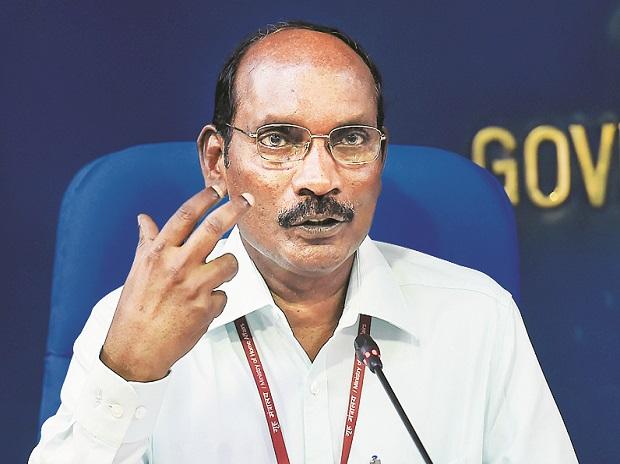- Joined
- Apr 29, 2015
- Messages
- 18,277
- Likes
- 56,182
India eying an indigenous station in space

The project will be constructed once the 'Gaganyaan' human space mission is completed successfully, says ISRO's K Sivan.
The project will be constructed once the 'Gaganyaan' human space mission is completed successfully, says ISRO's K Sivan.
India has set its eye on building its own space station in low earth orbit to conduct microgravity experiments in space in 5 to 7 years, Indian Space Research Organisation (ISRO) revealed on Thursday.
'Our own'The prospects of setting up such a space station at an altitude of 400 kilometres from earth would hinge on successfully carrying the 'Gaganyaan' human space mission, in which two to three Indian astronauts would send to space for a period of up to seven days before India celebrates its 75 anniversary of its independence, said ISRO Chairman K Sivan at a press conference here.
The proposed Indian space station would be much smaller than the existing International Space Station (ISS), launched into orbit about 20 years by space agencies from Canada, European Union, Japan, Russia and the US. "While ISS weighs 420 tonnes, Indian station is expected to have a payload of 20 tonnes," Sivan said.
The idea is to have “our own” space station where Indian astronauts can fly regularly to conduct microgravity experiments, the ISRO chief said. since 2000, astronauts have periodically visited the ISS to carry out close to 300 different microgravity science experiments in diverse fields such as astrobiology, astronomy, materials science, space medicine and space weather.
“The cost of the project is not yet worked out,” he said adding that the Indian space agency is yet to approach the government for the project approval.
According to Anurag Kumar Sinha, the Head of the Directorate of Human Space Programme at ISRO, the station would much smaller than ISS. The size of the envisaged station is equal to “two Gaganyaan crew modules and a little more”.
Preparations underway"The Indian station would be available for other countries to do collaborative research," Sinha said.
According to Sivan, the preparations are going on for the ambitious 'Gaganyaan' human mission and an apex committee has been formed with former ISRO chairman K Kasturirangan, Principal Scientific Adviser K VijayRaghavan, Defence Research and Development Organisation Chairman G Satheesh Reddy among others as members to choose the potential crew for the human space flight.
"The plan is to select around six candidates who would trained in India, as well as abroad, for becoming a space crew," said Sinha. "The crew chosen for the maiden space flight would be from test pilots from armed forces and once the human space flight is operationalised, the recruitment would be thrown open for others too," he said.

 then.
then.




